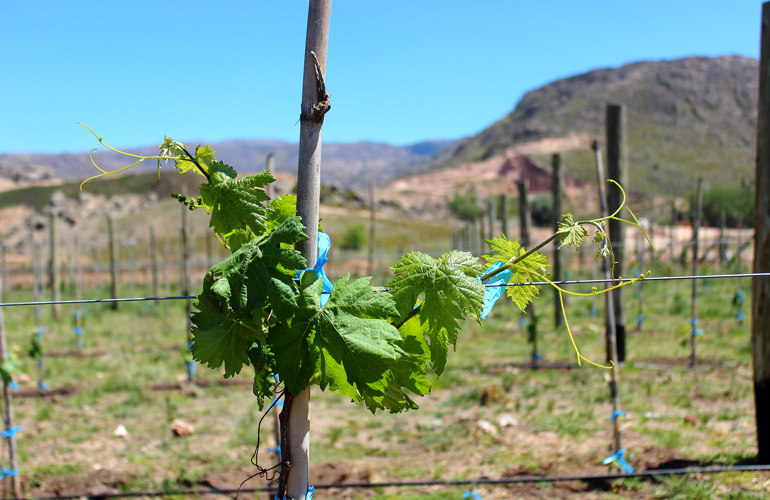Abu . 02, 2024 14:43 Back to list
Enhancing Shoreline Protection with Durable High-Quality Gabion Revetment Solutions for Coastal Areas
High-Quality Gabion Revetment A Sustainable Solution for Erosion Control
In the realm of civil engineering and environmental conservation, the methods employed to combat erosion have evolved significantly over the years. Among these methods, high-quality gabion revetment has emerged as a robust and sustainable solution. Gabion structures, made from wire cages filled with rocks, stones, or other suitable materials, provide effective erosion control while offering various environmental benefits.
High-Quality Gabion Revetment A Sustainable Solution for Erosion Control
One of the fundamental advantages of high-quality gabion revetment is its flexibility. The modular nature of gabion baskets allows engineers to easily customize the dimensions and materials used based on specific project requirements. Whether it's a small creek, a major river, or coastal protection, gabions can be designed to fit the unique contours of the landscape. This adaptability ensures that the structural integrity of the revetment is maintained while harmonizing with the natural environment.
high quality gabion revetment

Another critical aspect of high-quality gabion revetment is its durability. Gabion structures are resilient against harsh weather conditions and can withstand significant forces, making them an ideal choice for areas prone to flooding or erosion. The materials used in gabion construction, such as wrought iron or galvanized wire, resist corrosion, and the stones within them are typically sourced locally, further reducing environmental impact. By utilizing materials that blend with the natural geography, gabion revetments can effectively integrate into the landscape, maintaining its visual appeal.
Moreover, gabion structures encourage vegetation growth, which is essential for long-term stabilization. After installation, soil accumulates within the gaps of the stones, allowing plant life to take root. Over time, this vegetation helps to further anchor the soil, provides habitat for wildlife, and enhances the aesthetic value of the area. This symbiotic relationship between the gabions and the environment exemplifies how engineered structures can work collectively with nature rather than against it.
Cost-effectiveness is another reason that makes high-quality gabion revetment a popular choice among engineers and project managers. The materials required for gabion construction are often less expensive than traditional concrete or stone walls. Additionally, the construction process is generally less labor-intensive, as the baskets can be filled on-site with locally sourced materials, reducing transportation costs and logistical challenges.
In conclusion, high-quality gabion revetment presents a viable and sustainable alternative to conventional erosion control methods. Its flexibility, durability, environmental benefits, and cost-effectiveness render it an optimal choice for projects aimed at protecting vital landscapes from erosion. As society increasingly focuses on sustainability and environmental conservation, the use of gabion structures is likely to expand, showcasing how engineering solutions can harmoniously align with ecological needs. By investing in high-quality gabion revetments, we take a significant step towards promoting both infrastructure resilience and environmental stewardship for future generations.
-
Visualizing Gabion 3D Integration in Urban Landscapes with Rendering
NewsJul.23,2025
-
The Design and Sustainability of Gabion Wire Mesh Panels
NewsJul.23,2025
-
The Acoustic Performance of Gabion Sound Barriers in Urban Environments
NewsJul.23,2025
-
Mastering the Installation of Galvanized Gabion Structures
NewsJul.23,2025
-
Gabion Boxes: Pioneering Sustainable Infrastructure Across the Globe
NewsJul.23,2025
-
Custom PVC Coated Gabion Boxes for Aesthetic Excellence
NewsJul.23,2025
-
Installation Tips for Gabion Wire Baskets in Erosion Control Projects
NewsJul.21,2025






